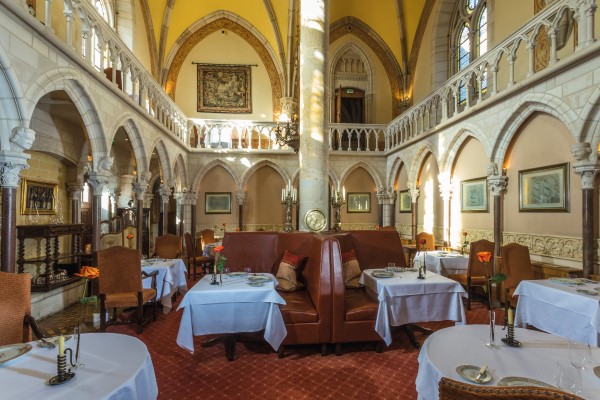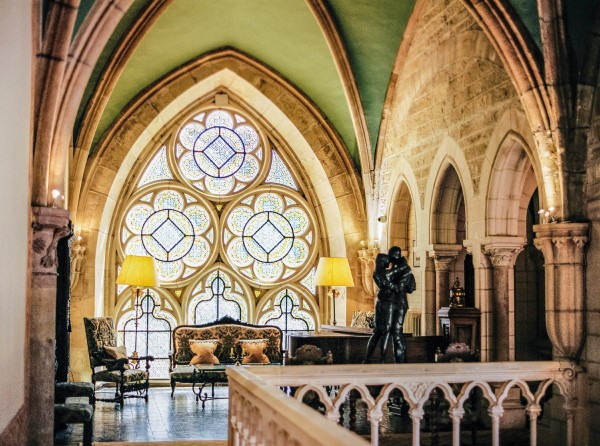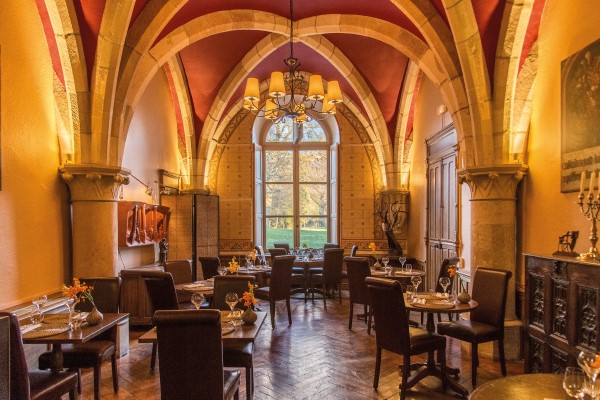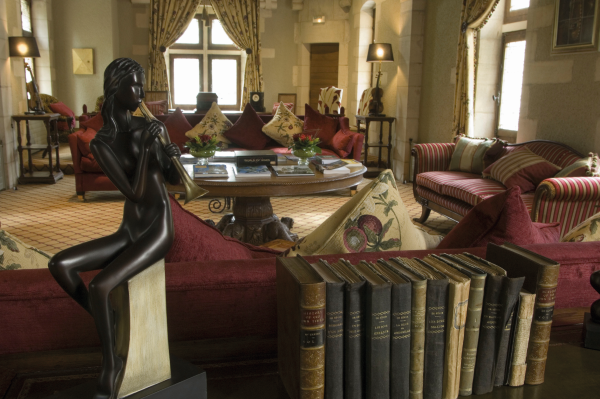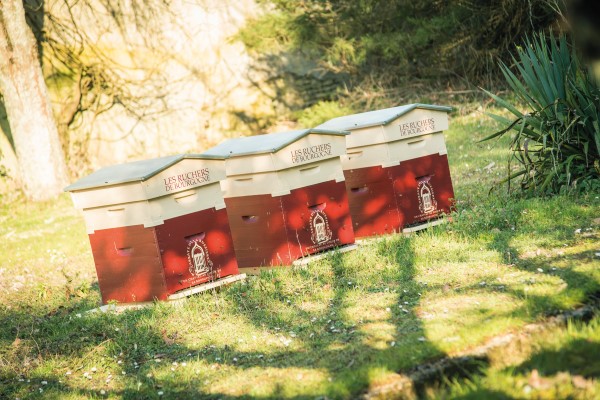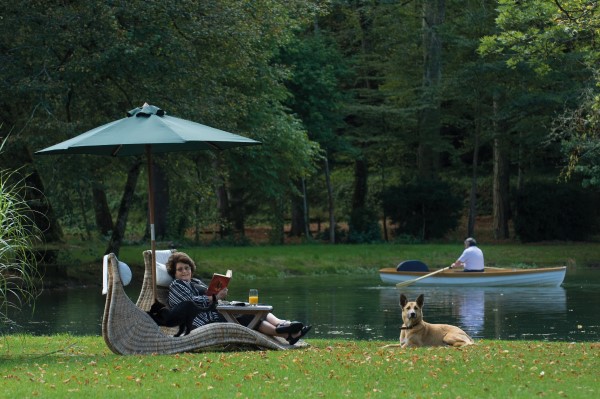Renovation Case Study: Praise Be… At Last
Case Study

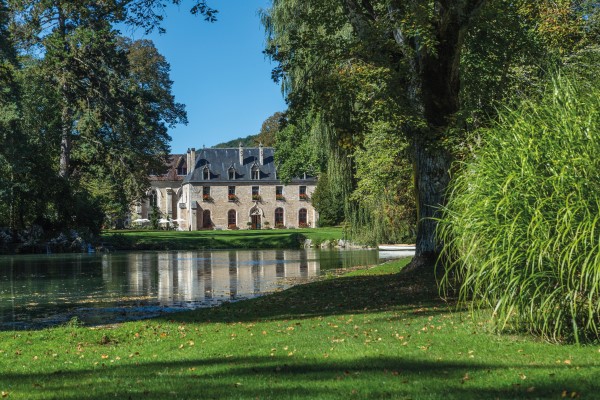
Having bought an abbey in Burgundy on a whim, Tanith and Clive Cummings were met with a petition from angry locals. The couple tell Jeannine Williamson how they battled on
Mild curiosity from new neighbours followed by initial exchanges in Franglais are the typical scenarios that greet expats who fulfil their dream and take on a renovation project in France.
Not so for Clive and Tanith Cummings, who were faced with a 3,500-signature protest petition and demonstrations outside their gates when they bought a 12th-century abbey. Although they knew the venture would be a challenge, they hadn’t foreseen the considerable hurdles that would lie ahead when they set their hearts on opening a hotel and restaurant in the heart of Burgundy – particularly given that, at the time, neither the couple nor their four children spoke any French and the purchase was a spur-of-the-moment decision.
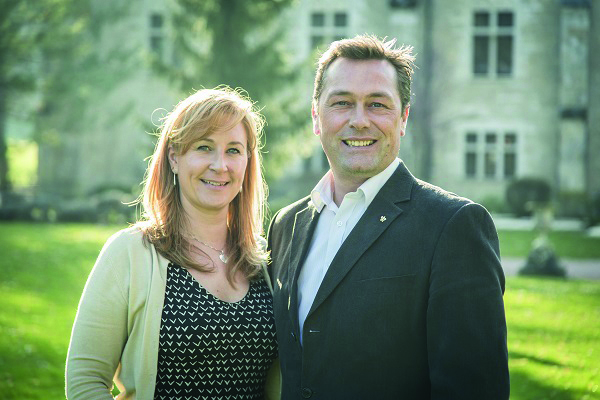
Meet the Movers
NAMES: Tanith and Clive Cummings
MOVED IN: 2005
MOVED FROM: West Sussex
MOVED TO: Côte-d’Or, Burgundy
CONTACT: www.abbayedelabussiere.fr
Today, to drive through the gates of Abbaye de la Bussière in La Bussière-sur-Ouche is to enter a world of history, serenity and elegance, which belies the issues of the past and shows that passion and perseverance can pay off, even in the face of considerable adversity.
It seems natural that Clive and Tanith had big plans, in every sense, as they first met at the magnificent castle nestled at the foot of the South Downs in West Sussex which Clive’s parents, Joy and Martin Cummings, had painstakingly transformed into a hotel. In those early days Clive was training to be a chef at London’s Westminster College and would come home to Amberley Castle to help his father mix concrete to build bedrooms; an early lesson in grit and determination that would later serve him well at the Abbaye.
“We met at the castle when Tanith started working there as a waitress at weekends whilst she was at college,” says Clive. “Tanith lived with her parents in the village and after graduating we went on to work at my parents’ other hotel, Inn on the Lake in Godalming, Surrey. We then went travelling to Australia for six months to pick fruit!
“On returning to the UK, we took up the management role at the Inn on the Lake and I then moved to our outside catering business based in London and was responsible for all operations, royalty, government, livery halls and other private and corporate events from 10 to 2,000 people. We then returned to Amberley Castle as the general managers as we had married and wanted to settle down, and bought a lovely thatched cottage behind the castle walls. However, after six years, we became a little bored and then one day my father received a phone call from a friend of his in France about the possibility of the Abbaye.”

A Snap Decision
Clive and his parents set off on the Eurostar to take a look at the Abbaye. From there, events took a very swift turn. “We were so taken aback by the region, the Ouche Valley and the Abbaye. Later that day we were escorted to the centre of Dijon for a meeting with the archbishop himself, and invited to buy – so we signed the compromis de vente that night,” he says. “I had not spoken to Tanith, nor thought about our four children with the language, schools and so forth. More importantly, we had not spoken to any banks about the finance nor studied the fiscal and legal systems in France!”
What ensued was a very steep learning curve. Interestingly, the Abbaye de la Bussière was founded in 1131 by another Englishman, Stephen Harding, a Cistercian monk from Sherborne in Dorset. Built on land donated by Lord Jules Garnier II of Sombernon, and ideally situated on the river, it was established as a peaceful refuge for prayer, reflection and work.
Financial Burden
The monks remained until shortly after the French Revolution, when they were expelled and the Abbaye was sold as a state-owned property. At the end of the 19th century it was acquired and restored by Baron Léonce Hély d’Oissel and inherited by his daughter, Thérèse, Marquise de Ségur, who in the absence of heirs, donated the Abbaye to the bishopric of Dijon as a venue for residential spiritual retreats. In 1954, the freehold was passed to the Friends of La Bussière association but, over time, the upkeep of the Abbaye became increasingly difficult.
“It was structurally sound but had 60 rooms with shared bathrooms, paper tablecloths, plastic chairs and vending machines for coffee and cold drinks,” explains Clive. “The staff would leave at 9pm and clear up in the morning. If people hadn’t finished their dinner then the remains, including coffee in a flask, were left on the table. The lake was a septic tank, the mains water and electrical supply were domestic and although the Abbaye was clean and functional it was a heavy financial burden on the diocese of Dijon.”
Some people objected to the Church selling the Abbaye and set about trying to scupper the Cummings’ plans. “We were met with three legal cases trying to annul the sale, a petition signed by 3,500 people, protests outside the gates and our domain name taken by the ‘Save the Abbaye’ organisation,” says Clive. However, now he can philosophically look back on it all as “great PR”.
“We won the legal cases despite €150,000 in fees. At the same time, we had to get on with the renovation and planning of the Abbaye. We had borrowed from our bank in the UK and from a local business bank in Dijon on a 50/50 basis. Plus we had to get four children all under the age of 10 into local schools and so forth, despite none of us speaking French.
“Our business plan was for a hotel with 20 rooms, but we could only afford to open with nine. Our borrowings and repayments were all based on the revenue and occupancy of 20 rooms, plus we had overspent by €1.5m, and it was a fun time when trying to get an additional loan.”
However, the couple’s resolve was strengthened by memories of the work that Joy and Martin had put into opening Amberley Castle, which was also beset by problems, albeit of a different kind. These included buying the castle a short time before the financial crisis and a fire destroying the kitchen, leading to a temporary one being housed in a portable building in the car park while the main kitchen was rebuilt
“We had to install all new drainage around the Abbaye, with grease tanks outside each kitchen leading into a septic tank which then fed an assainissement cleaning system,” says Clive. “Additionally we had to have new mains water and 600 metres of cable laid through the car park to increase our electrical supply, plus two new kitchens as well.”
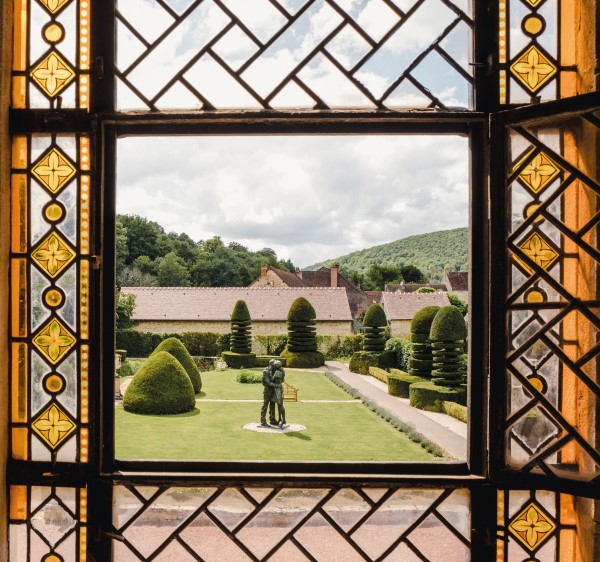
Michelin Success
The Cummings recruited locally and their first executive chef, Olivier Elzer, quickly made his mark in his first ever head chef role. Within a year, the Abbaye became a member of the Relais & Châteaux hotel group and attained a Michelin star for its gastronomic restaurant, Le 1131. When Olivier moved to Hong Kong’s acclaimed two-Michelin starred restaurant Pierre Gagnaire, sous chef Emmanuel Hébrard stepped into the role and continued with the star until 2016, when he left to open his own restaurant.
“On Emmanuel’s recommendation we appointed Guillaume Royer, a native Burgundian, who in 2015 was awarded the prestigious title Meilleur Ouvrier de France, one of only four in the region of Burgundy-Franche-Comté, and has maintained our Michelin star and also won a Bib Gourmand from the Michelin guide for our Bistrot des Moines,” adds Clive.
Today the idyllic atmosphere at the Abbaye de la Bussière is a far cry from the early days, and guests come from around the world to appreciate the history, architecture and attention to detail at the lovingly-restored building.
The 13th-century wine press and cellar, where the monks made their sacramental wine, are well-preserved and the crypt provides a peaceful spot for weddings, baptisms or some quiet meditation. The park is a veritable botanical garden with more than 50 tree varieties and many different flowering plants, and the Arvot River feeds the ornamental lake, home to a plump of waterfowl. Many guests use the Abbaye – which is located just half an hour’s drive from Dijon, Beaune and the famous Route des Grands Crus wine trail – as a base to discover the Burgundy region.
Despite the initial opposition and many obstacles involved in the administration process, the Cummings have no regrets. “France is fantastic for this industry,” Clive enthuses. “The French love to eat and drink and spend time with their families.
They walk in the park after lunch up until 6pm and they appreciate the skill and work involved in hotels and restaurants. We now have ideas to open a wine club in the monks’ former wine cellars, a cookery school, a natural outdoor pool and wellness centre and add another 10 or 12 rooms in the park.” All in all, it’s something of a fairy-tale ending for the couple who met in a castle and went on to establish an entente cordiale at the Abbaye de la Bussière .
Properties in Côte-d’Or, Burgundy.
Share to: Facebook Twitter LinkedIn Email
More in burgundy, Case study, Expats, Gourmet, hotel, Michelin, Relocation, renovation, Resutarant
Leave a reply
Your email address will not be published. Required fields are marked *

